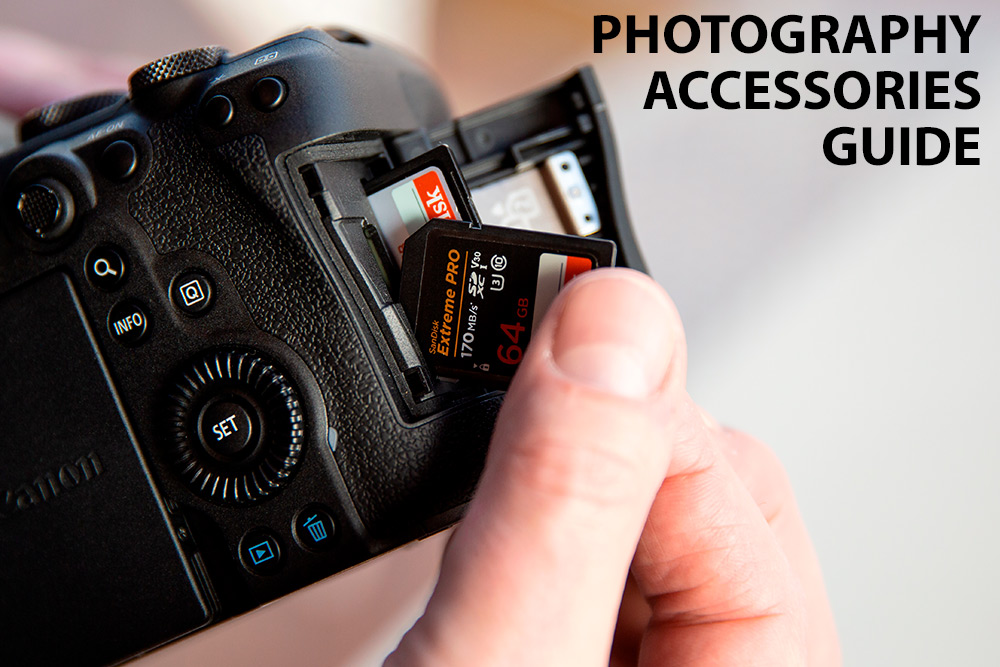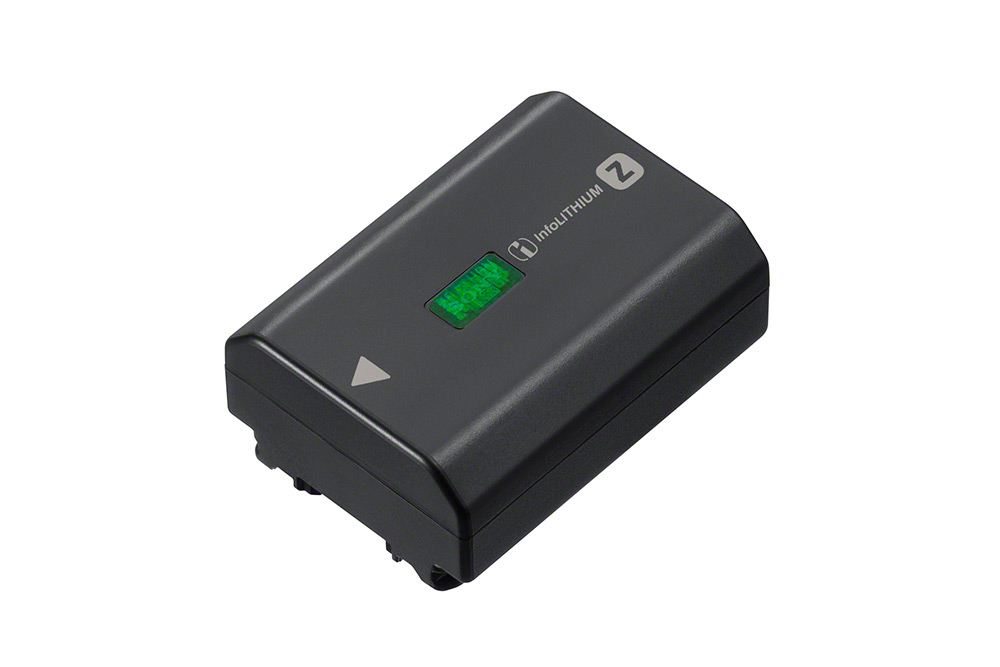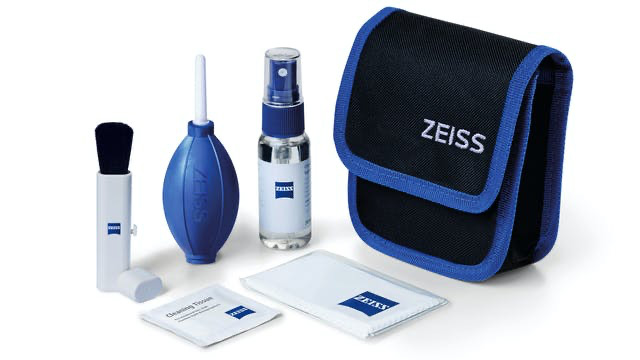- Call us: 01444 237070
- Contact Us
- Stores
- Sign In / Register
- Black Friday Deals
-
- Back
- Used Cameras
- Used Accessories
- Used Lenses
- Used Video
- Used Film Equipment
- Used Stock Alert
- Used Blank Test
- Sell or Part Exchange
- All Used Black Friday Deals
- Used Clearance
- Recently Added Used Equipment
- Park Picks
- Faulty
- Trade-In
- Blog
- New in
- Call us
- Contact us
- Stores
- Sign in
- Categories
- Tips & Inspiration
- Reviews
- News
- Events
- Features
- Buying Guides
- Competitions
Photography Accessories Guide
After finding your perfect camera there will come a time soon after when you’ll also want to get photography accessories to enhance your experience. Accessories can help your photography in a number of ways, from simply having more batteries available so you don’t run out, to having memory cards in the camera where your content is recorded.

Different styles of photography will also lend themselves to different accessories. For example if you love taking studio portraits you will inevitably want a battery grip for vertical shooting so you get a more comfortable grip on your camera body. If on the other hand you enjoy landscape photography there will come a time when a filter system will take your images to the next level, or you may need some rain protection for your gear. This buying guide investigates some of the essential photography accessories for every photographer.
The Best Photography Accessories for Every Photographer
With decades of photography experience under our belts Park Cameras staff know which photography accessories are most useful for newcomers to this engaging hobby. Whether you’re into portraits, landscapes, wildlife or simply snapshots we outline some of the best photography accessories for every photographer below.
Memory Cards for Cameras
First and foremost you will need some memory cards for your camera. Most camera bodies have at least one memory card slot (typically two), which is where the memory card is inserted. The camera records all data onto the card, whether a photo, video, notation or any other information.
Firstly check which type of memory card your camera takes. The most common formats are SD cards, but whichever type your camera uses there are two main things to look for – memory card capacity and speed. The capacity is how much data can be stored and will be named in ‘GB,’ which means ‘Gigabytes’. The larger the capacity, the more images and videos you can store before the card is full. When you’re buying a memory card look for capacity named with 16GB, 32GB, 64GB, 128GB or higher.
Card speed also needs to be considered, particularly if your camera can shoot high resolution images with high burst rates, which is measured in frames per second (FPS). Faster cards are also needed if you capture high resolution video, like 4K or greater. Card speeds are named by MB/s which means Megabytes per second and refers to their read / write speeds. Writing is when the camera writes to the card and reading is when you read data off the card.
It’s always a good idea to buy the largest capacity and fastest memory cards you can, because it lets you shoot for longer without needing to wait, or change cards as often. You’ll also probably keep your memory cards even if you upgrade your camera, which means when you get a faster new camera your memory cards will still be able to keep up. In this vein having spare memory cards is always a good idea, so that if one does become full you’ll be able to swap it out for a spare card and continue shooting. Aside from running out of battery power, there’s nothing more frustrating that running out of memory when you’re in the moment and trust us when we say we’ve all been there!
Camera Batteries and Chargers

When you buy a camera the chances are you will get one camera battery included with your purchase. The demands on camera batteries are intense though and as mentioned just above, running out of battery power during a shoot can be extremely frustrating if you don’t have a spare with you. For this reason we always recommend having at least one fully charged spare battery with you at all times and it doesn’t hurt to have a battery charger as well.
Camera Cleaning Kits
OK so cleaning is generally not on the top of everyone’s list when we talk about photography, but once again the experience of our photographers comes into play. Camera equipment gets dirty whether we like it or not, which means we need to clean our gear to ensure our shots are the best possible. Camera cleaning gear mainly includes sensor cleaning and lens cleaning equipment. If your sensor is dirty you’ll notice dust spots (or dust bunnies as we like to call them) on your photos and even on your videos. These will ruin a shot if not removed in post production and can build up over time the more you change lenses. Sensors often pick up dust when we change lenses and is hard to avoid.

Likewise lenses get dust spots, smears and all sorts of dirt accumulating on the front lens element over time. Your lenses need cleaning regularly, with a simple lens cloth and cleaning solution usually doing the job just fine. Our beginners guide to camera cleaning goes into more detail here.
Rain Covers for Cameras
The chances are you will be caught in a downpour at some time if you shoot any subject in the great outdoors like wildlife, nature, landscapes or even cityscapes. Thankfully we can get camera rain covers for just such occasions, which are a great idea to bring along if you are heading outdoors to shoot any of these subjects. When choosing a rain cover, pick the right size for your camera and lens combination. This means if you have a compact mirrorless camera with a shorter lens you’ll usually want a small size cover. If you have a super telephoto lens and big DSLR body for wildlife you’ll be picking a larger size rain cover.

Underwater Housings for Cameras
If you take shooting in water more seriously and enjoy water sports, or snorkel or dive with your camera, you’ll need a waterproof underwater camera housing instead of a simple rain cover. Typically anyone shooting content with an action camera will get underwater housings as they are ideal for action sports like canoeing, windsurfing, sailing, snorkelling, diving and more. On the whole you need to choose a waterproof housing specific to your camera, which ensures you can still access controls and the lens is kept free from obstructions when shooting.

Photo And Video Tripods
Whilst not everyone uses a tripod for their photography or videography, tripods are preferable or even considered essential for certain shooting styles and situations. Perhaps you capture landscapes, architecture or interiors? These subjects often warrant a tripod, particularly where taken during low light and we’re aiming for a greater depth of field along with the cleanest images possible from a low ISO. In these type of situations and many others, having the right stability for your camera can make a huge difference to the outcome of your results.
Camera Bags
Once we have all of our equipment together, we’re almost certainly going to need a camera bag of some description. A bag is a must-have for outings securely transporting our gear together with any accessories we need, whether we use a compact mirrorless system, larger DSLR or even a cinema camera. Whilst there isn’t a ‘one-size-fits-all’ camera bag, there are plenty of options for literally any amount of equipment. These include backpacks, messengers and sling bags as well as top loading bags to name just a few. If you’re heading on a backpacking adventure, shooting some street photography or away on travels, remember to pick up a suitable camera bag for all your gear before you go.
In this guide we looked at some of the best photography accessories for photographers including why spare batteries and spare memory cards are good to have with you at all times. We also looked at cleaning gear and the benefits of maintaining your camera equipment. In a bid to keep cleaning to a minimum we considered why buying rain covers when shooting outdoors is a good idea, as well as underwater housings for water sports enthusiasts. We hope you found the post useful and that it’s helped you pick the right camera accessory you need.
Share this post:
By Nick Dautlich on 11/11/2021
Nick Dautlich
Senior Content Writer and Product Reviewer
Nick Dautlich is the Senior Content Writer and Product Reviewer at Park Cameras, with over 15 years of photography experience. A Sony Imaging Professional and expert reviewer, Nick has worked with major brands such as Canon, Sony and Nikon. His work is also featured on Vanguard World UK’s website, Capture Landscapes, and Shutter Evolve. Nick’s photography includes National Trust projects and magazine covers and he is passionate about landscapes and storytelling. Nick also enjoys hiking and teaching his children about nature. Learn more on his profile page.

Trade in your old equipment
Fast and easy trade in service ensures your old gear is collected efficiently and you are paid quickly! It's very simple to trade in your unwanted photography gear. Just head over to our dedicated Sell or Part Exchange page, fill out the details, and we'll get back to you with an offer for your old gear. Take the cash, or put it towards the cost of your new gear. It's up to you! Find out more
sign up to the newsletter
Keep up to date on the latest photography news, events and offers. Sign up now